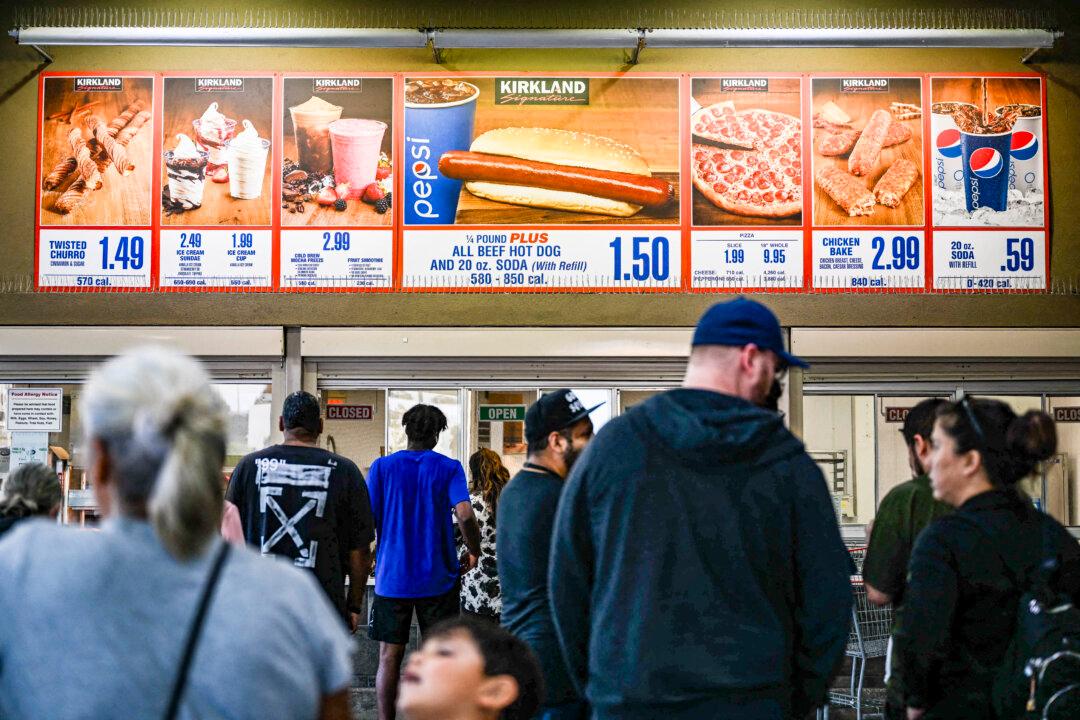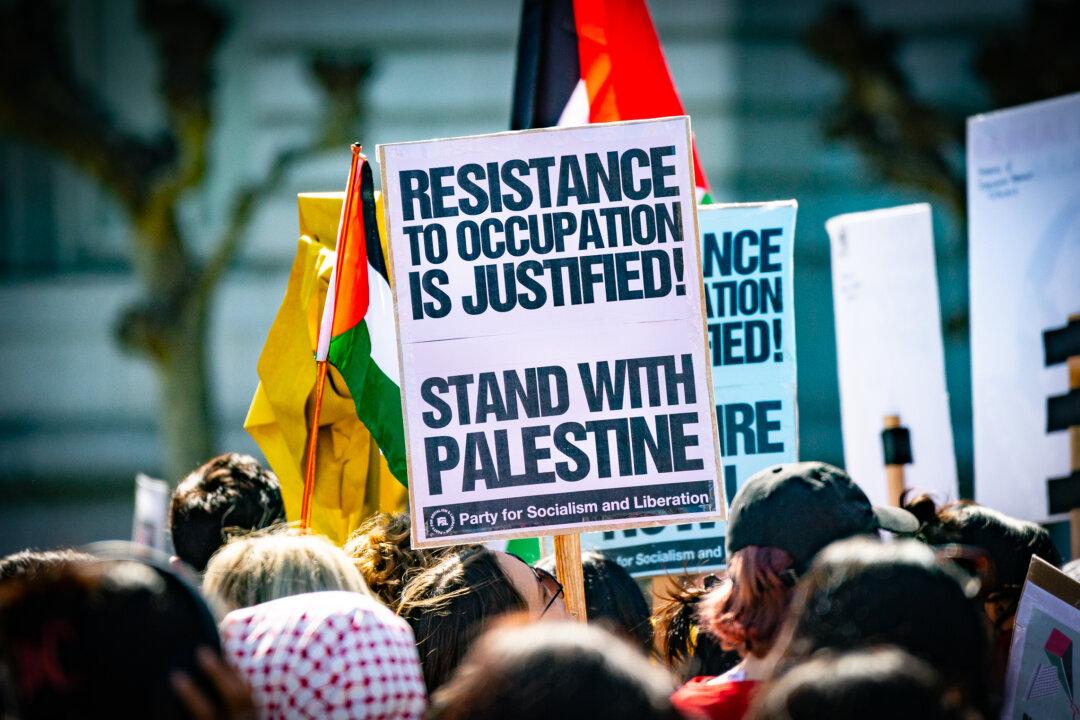Commentary
“We’ve been working really hard to bring the price down,” a COVID-stricken President Joe Biden claimed regarding gasoline prices in a July 22
virtual meeting with some of his energy and economic aides.
It begs the question: How hard did he and his team work to bring the price of gas up over his first year and a half in office?
According to Biden, “gas prices have fallen every day this summer for 38 days in a row. Now, you know, you can find gas for $3.99 or less in more than 30,000 gas stations in more than 35 states.” There are
more than 145,000 gas stations in the United States, so he could have put this another way: Nearly 80 percent of stations in the country are charging more than $4 per gallon; when this president took office, the average price was
$2.39.
Gasoline can’t help but ripple through the rest of the economy. Groceries, building materials, medical supplies, work or pleasure travel—there isn’t much of anything that doesn’t rely on a petroleum-powered vehicle to get from farm to table or factory to consumer. But this administration has been twisting itself into knots rationalizing the consumer pain of higher gas prices as a necessity to save the planet—before swiftly taking credit for any slight decline.
The president touted his release of a million barrels per day from the Strategic Petroleum Reserve beginning in the spring. Quite a bit of that actually ended up
going to communist China, our primary global adversary, instead of the domestic destinations that were apparently intended. But that aside, wouldn’t someone dedicated to ending reliance on fossil fuels let all those hundreds of millions of barrels of oil sitting in underground tanks in Louisiana and Texas stay undisturbed, especially when the supposed purpose is to lower gas prices—the opposite of what the green movement wants?
In a clunker of a gaffe during
House testimony on July 19, Transportation Secretary Pete Buttigieg said that “the more pain we are all experiencing from the high price of gas, the more benefit there is for those who can access electric vehicles,” letting the cat out of the bag that high gas prices will allow the left to drag Americans kicking and screaming into the new world of cars that cost significantly more than $30,000 and
can’t travel 300 miles on a single charge.
At the same time, White House press secretary Karine Jean-Pierre was
gushing—“This is so exciting, guys”—about the decline in gas prices that’s delaying the day that we’re force-fed the medicine that will liberate us from the scourge of fossil fuels.
After Biden’s remarks on July 22, Council of Economic Advisers Chairwoman Cecilia Rouse said that “we expect gas prices at the pump to continue to come down” in as much as “an additional 40-cent decline.”
But in the next breath, she said: “Of course, energy markets remain highly volatile ... so oil prices could rise again. And it is very difficult to reliably predict where these prices will be over the longer term.”
In fact, it isn’t difficult at all to see that the current modestly lower prices can’t be expected to last very long. The American Automobile Association (AAA) earlier this month
stated that “July is typically the heaviest month for demand as more Americans hit the road, so this trend of easing prices could be short-lived.”
AAA spokesman Andrew Gross also pointed to a looming recession as an explanation, calling fears of a recession “a powerful motivator.” GasBuddy stated that “there is still risk that prices could go up and reach new records, mainly if there is a hurricane or some other such unexpected event that shuts down oil or refining production.” The National Oceanic and Atmospheric Administration is
predicting an “above-average” 2022 Atlantic hurricane season, with 14 to 21 serious storms, including 3 to 6 major hurricanes.
The left has bullied refineries, which process crude oil into gasoline, diesel, and jet fuel, into
closing shop in the aftermath of the drastically reduced demand during the COVID-19 shutdowns, too few refineries being a major underlying factor in the price of gasoline; there were five fewer refineries at the beginning of this year than in 2020, before the COVID-19 pandemic savaged the economy. The United States
hasn’t built a new oil refinery with significant downstream unit capacity since 1977.
“Gouging” is a term Washington loves to slander the oil industry with, but the Biden administration isn’t only guilty of perpetrating exactly what it accuses big oil of having done; it tries to take credit for lowering the inflationary gas prices it caused.





